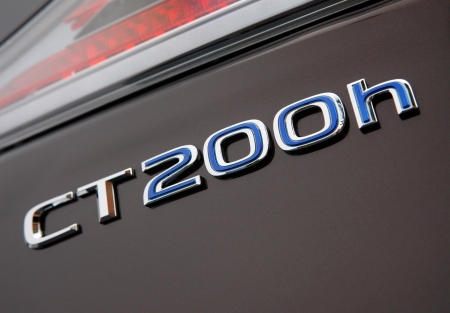
It sounds sweet, it does. Toyota has developed a new Ecological Plastic for use in its vehicle interiors, with a raw material in it derived from sugar cane. The plastic is the first in the world to be made using bio-PET, and the company says the new development is tougher, harder wearing and more shrink resistant than previous bio-plastics.
Bio-plastics aren’t exactly new, nor is Ecological Plastic – the company developed a bio-plastic made with polyactic acid seven years ago which was used in the Raum, and it introduced Ecological Plastic last year, in which injection moulded material derived from plants are used in scuff plates, trim elements and seat cushions in the current Prius.
The bio-PET featuring in the latest Eco Plastic incarnation, developed by Toyota and Toyota Tsusho Corporation, has a biological raw material derived from sugar cane replacing the 30% monethylene glycol element in polyethylene terephthalate, to give PET its full name.
Toyota says the new plastic’s qualities make it suitable for use for vehicle liners, carpeting, seats and other interior surfaces, with the first application in a production model being the luggage compartment liner in the new Lexus CT 200h. In 2011, it plans to introduce a model in which the new plastic will cover 80% of the vehicle’s interior.
Looking to sell your car? Sell it with Carro.











Bloody Genius!!
There are a lot of materials that use corn, soy and sugar cane fibers out there. We should better utilize our oil palm waste too.
Haha this reminds me of Sabrina the movie with Hepburn and Bogart. Bogart character was manufacturing plastics made of sugar cane. Wow that was way back in the 50s.
Yes we have no bananas… we have no bananas today….
Phthalate?!!! Does anyone else remember those health warnings some time back, directly linking phthlate plastics with Bisphenol-A?? Please don’t let your young children sit in these vehicles.. who knows what the phthalate dust can do to them..
There are recyclable corn cellulose- and starch-based plastics that are not phthalates. I bet this is another cost cutting measure by Toyota that is being marketed as something great, since they can blend POLYSTYRENE waste (discarded food packaging, box liners, etc) with biological cellulose (that can also be derived from plant waste!) with plasticizers to come up with this type of plastic.
Is green technology being symbiotic to human? The interaction remains untold these days. Bio PET should be free from BPA (Bisphenol A) to prove its resistance against any threshold point where factorial parameters caused could be suppressed. Interior side in car especially, during scorching hot weather, lots of funny smell fumes at the doorstep opening.
1 Japanese made paint offers a product to flush out formaldehyde vapor from newly-painted house. I don’t mean that BPA has its flashing point during hot weather, but Toyota must proof-made the material design by patenting its experiment first then publish the research paper as 1 initiative to create a healthy biological order between human, environment and product.
thank you.
sugar cane? ha ha ha… the car must be sweet…
hmmm.. habislah kereta kena penuh dengan semut :p
Somehow the idea that Toyota is behind this no longer fills me with confidence. I’d hate to see some engineer going public four years from now saying “yes, we knew that the bio-pet could spontaneously catch fire if left alone for a while.”
I wonder whether children will be drawn to the car as they may think
it is one giant lollipop…yummy.
Why only Toyota? Why not others? Why still use petro-plastic if we can make them from sugar cane?
How much costlier if Proton is to cover itself in 70% sugarcane plastic? Is there any research to turn our palm oil into something similar?